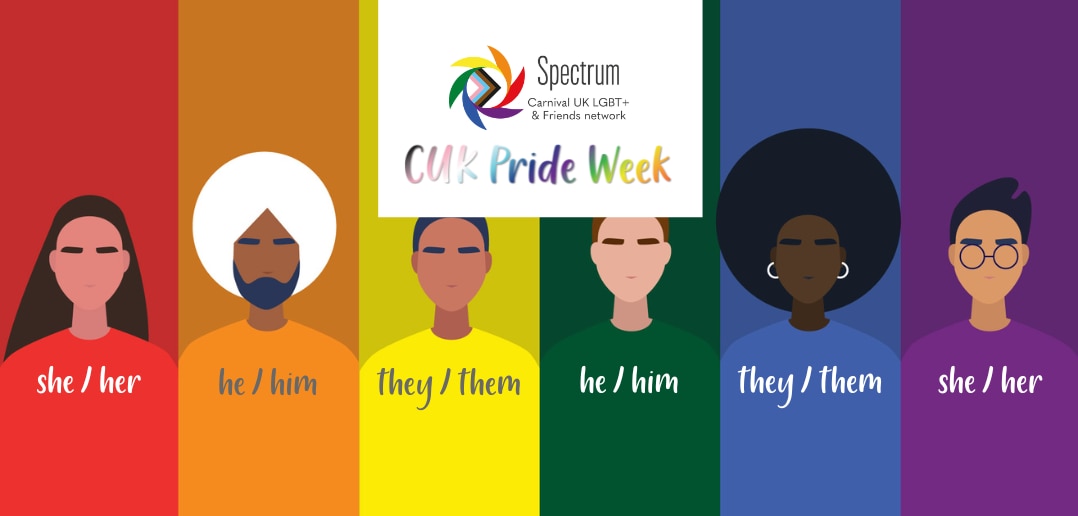Our identity is who we are, so how others address us has a really big impact on whether we feel like we belong. It’s not always obvious how someone likes to be addressed through pronouns. That may be because, for example, a person’s gender doesn’t sit comfortably with the sex they were assigned at birth, their gender identity is non-binary or because someone has a gender neutral name.
What are your pronouns?
He, him, his, himself
Can be used by straight men, gay men, transgender men, and anyone who identifies as male.
She, her, hers, herself
Can be used by straight women, lesbians, transgender women, and anyone who identifies as female.
They, them, theirs, themselves
Can be used by people who identify as non-binary, genderqueer, agender, gender nonconforming or any whose gender is other than binary (man or woman).
Describing people as ‘he’ or ‘she’ or groups of people as ‘they’ or ‘them’ is just the tip of the iceberg. What you may not know is there are many gender-neutral pronouns that are becoming increasingly common. Examples include Xe, xem, xyrs, xyself or Ze, hir, hirs, hirself.
At Carnival UK we’re committed to creating an inclusive workplace where everyone is welcome no matter how they identify. Recognising our colleagues’ pronouns and sharing our own is an easy way we all can play our part to contribute to this.
Tips for using pronouns
![]()
Don’t assume a person’s gender
When you meet someone new, stop yourself from immediately classifying that person as male or female based on how they look, sound or dress.
Ask for pronouns when meeting new people
If you’re not sure what a person’s pronouns are, simply ask them or listen to what pronouns they use. At the start of meetings you also could and ask others to introduce themselves including their pronouns.
Use correct pronouns once you’re aware of them
Always use the pronouns that someone shares with you and be respectful of their identity.
Share your pronouns
You may think your pronouns are obvious but sharing them acknowledges that gender is not apparent in one’s physical presentation. It’s easy to share them in person and add to your email signature, Teams and My HR portal.
Avoid using gendered language
Instead of addressing a group as “ladies and gentlemen”, say something like “hello everyone” or instead of writing “he” or “she”, use “they”.
Made a mistake? Apologise, correct yourself and move on
You don’t have to get it right all the time, the important thing is to try. Avoid apologising too much, as this can make the situation uncomfortable.
We’re proud to champion diversity and inclusion
With a multi-national workforce, we recognise the power of diversity and are focused on making sure everyone feels valued and that they belong. We believe in inclusion and are committed to building diverse teams.
Our employee-led networks help us do this by recognising and celebrating our differences. Spectrum, our LGBTQ+ & Friends network, drives awareness of LGBTQ+ issues, encourages allyship and celebrates LGBTQ+ people through events like Pride. Find out more about Spectrum here.


